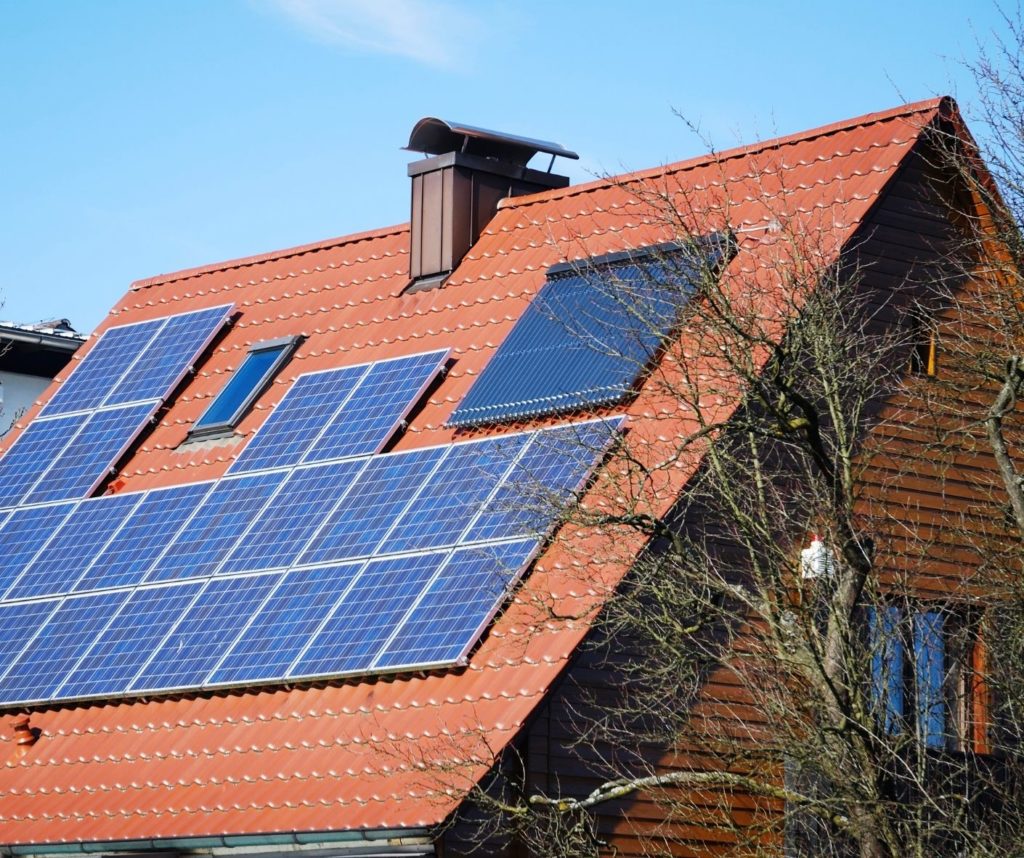Energy Efficiency Retrofits
Are you considering home improvements but uncertain about how to make your home more energy efficient? Did you know funding for energy saving upgrades is available through the Home Energy Rebate Plus (for Ontario residents) and Canada Greener Homes Grant?
Understanding energy efficiency retrofits can help you plan your home upgrades to create savings on energy bills, as well as qualify for incentives under various Canadian Government grants for home improvements. Carefully considered retrofits will also help you contribute to climate action by reducing your home’s energy usage.
What Is an Energy-Efficiency Retrofit?
An energy-efficiency retrofit involves upgrading features of your building to reduce your energy consumption, lower carbon emissions, and improve comfort and indoor air quality. These home improvements can include changes to inefficient space heating/cooling, hot water systems, ventilation, lighting, windows and doors, insulation, etc.
There are two types of retrofits: shallow and deep retrofits. The type you choose for home improvements can create considerable differences in both energy and financial savings.
Shallow Retrofits
Shallow retrofits are upgrades that provide 10 – 30% energy savings. They typically consist of low-cost, simple-to-implement changes. While the return-on-investment of doing shallow retrofits might look better in the short term, they will not help you achieve long term energy goals.
Shallow retrofitting can involve one or a few of the following upgrades: :
- Air sealing around doors, windows, wall cracks and cavities with caulking or spray foam
- Adding insulation into attics and crawl spaces
- Properly sealing leaky ductwork with foil tape where accessible
- Replacing bulbs and lighting fixtures
- Low-flow faucet aerators and showerheads
Deep Retrofits
Deep retrofits aim at cutting your home’s energy use by 50 percent or more. Deep retrofitting takes a whole home approach and provides greater benefits in terms of improving a building’s energy efficiency in the long run. It is usually a one-time process to assess and change how the various energy consuming systems in your house work in conjunction with each other.
Deep retrofitting can involve combining various upgrades including:
- Upgrading inefficient heating, cooling, and ventilation systems with a higher efficiency and/or renewable energy option
- Substituting inefficient hot water systems with a higher efficiency and/or renewable energy option
- Replacing existing windows with higher performance models
- Adding insulation to walls, floors, and ceilings
- Using environmentally friendly materials and practices wherever possible -. including, but not limited to, low embodied carbon options for insulation
- Installing low-flow toilets and high-performance appliances
Difference between shallow and deep retrofits
While shallow retrofits involve a lower initial investment, there is a cost to delaying energy efficiency upgrades. Over time you will end up spending more on high energy bills caused by the low overall efficiency of your home!
Deep retrofits are more cost effective in the long run. They address issues with your building envelope, and integrate necessary upgrades to allow for energy efficient heating and air conditioning.
Since deep retrofitting usually involves multiple upgrades done at the same time, you open up walls and ceilings to simultaneously access wiring, ductwork, and make insulation improvements, thereby reducing the costs associated with multiple individual procedures.
With pressure mounting for Canada to meet climate goals, it is very likely governments will require (or actively encourage) current homes to achieve near-zero carbon emissions by 2050. This will mean upgrades to major building systems like furnaces, air conditioners, windows, and wall assemblies sooner than later. Keeping things as they are may not even be an option for much longer!
How to plan retrofits
An EnerGuide home energy evaluation provides you with information to help you plan a comprehensive retrofit and maximize your energy savings. An experienced energy advisor will explain the rebates available, and in most cases process the application for you – making it as turnkey as possible.


